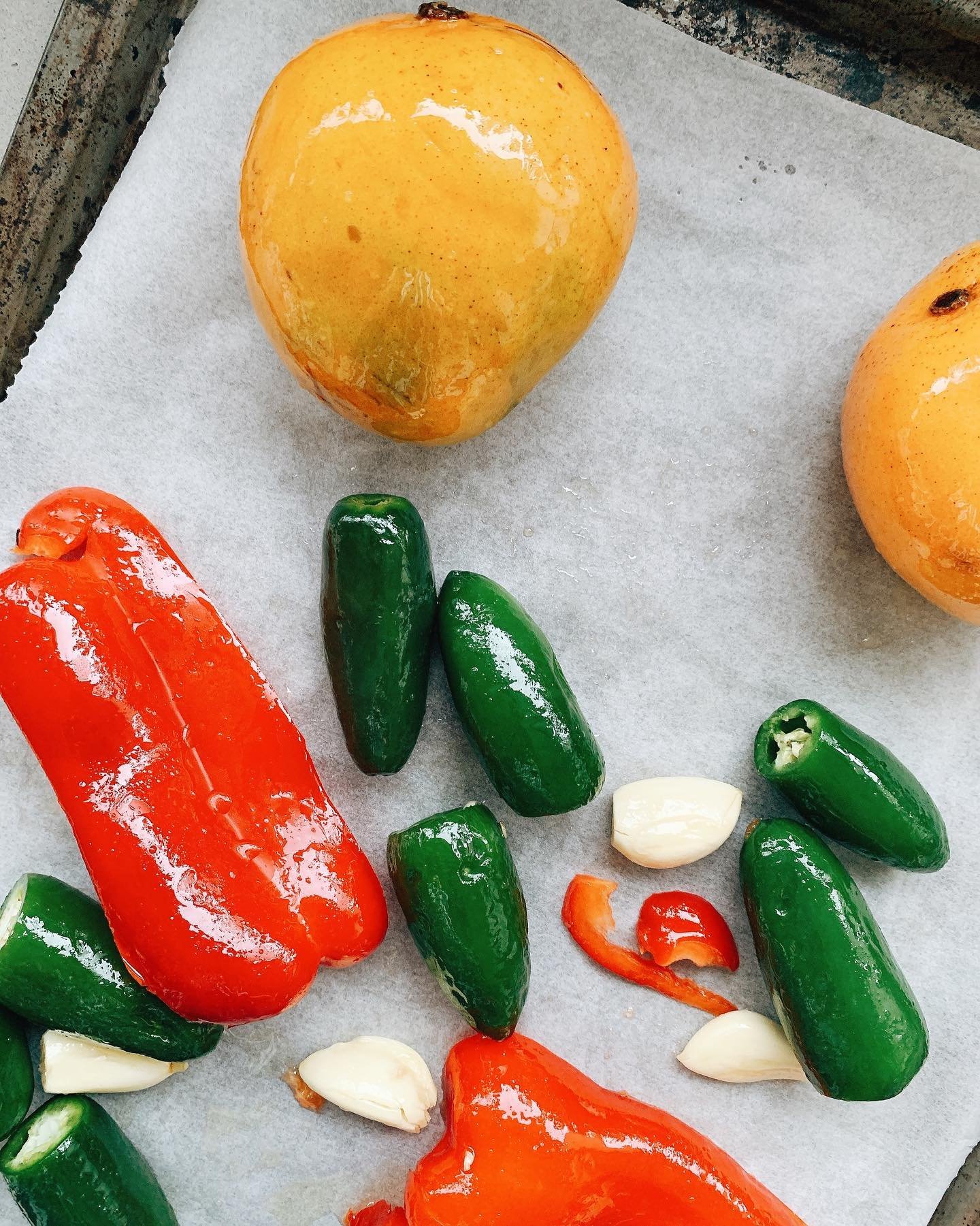Building Your Spice Tolerance
A Spice Lover's Guide to 5 Tips That Actually Work
Growing up in India, spicy food was a way of life. Copious amounts of pickle, raw green chillies and onions, or red chilli sprinkled on raw mango were a regular part of my diet.
After moving to Sydney, I noticed my spice tolerance reduced considerably, and I found the food so much spicier than I remembered every time I visited Delhi. This made me wonder how we adapt to different ingredients and dive further into the science behind spice and spicy foods.
What makes food taste spicy?
It's all about capsaicin - that oily compound in chillies that attaches to pain receptors in your mouth and throat, creating that burning sensation. This explains why you might find certain dishes spicier than your friends do. Some people are just genetically better equipped to handle spice (which makes total sense if you think about it). When you grow up eating spicy food (like I did in India), your body naturally adapts to those flavours. You basically train your taste buds to tolerate the heat over time!
Regardless of your background, whether you’re travelling and want to sample more local foods without worrying about the spice, including more spice in your food because of the health benefits, or simply enjoy the flavour, I’m sharing my top tips to build your spice tolerance to be…better with spice!
5 ways to build your spice tolerance -
Pair it with dairy
Dishes like mac and cheese, creamy pasta sauce, a rich bechamel or anything cream/ cheese based will help to alkalise the spiciness of the chilli. While dining out an Indian restaurant, you’ll find raita (yoghurt dip) or lassi served alongside the food. There’s a scientific explanation to this - the fat in the dairy helps to bind and wash away capsaicin, the devilish red compound that causes you to sweat and tear up. So when in doubt, yoghurt, cream or cold milk is the way to go. Try my 10 Minute Tzatziki recipe if you’re looking for a cooling yoghurt dip.
Go for milder peppers/ chilli and take it easy
Sweet or smoked paprika, pickled jalapeños, pimentos, or banana peppers are great starter chillies and a good way to incorporate spice into your dishes. Paprika pairs wonderfully with lots of sauces, while pickled jalapeños or banana peppers are great toppings to add to pizza, salad, or sandwiches. Kashmiri chilli powder is also a wonderful starter spice - known for its vibrant colours and sweet, mild heat, it will add a rich red hue to your dishes and a gentle spiciness that you can build your tolerance with.
Turn it into a sauce, relish, chilli oil or salsa!
A sauce, dip, relish, or chilli oil will help you control the amount of heat you are adding to a dish as you can experiment with the flavours and add as little or as much as you desire according to your taste.
Pair it with starchy food
Pair your spicy dishes like curries or sauces with bland, starchy (and let's be honest, carby) foods like rice, bread, pasta, potatoes, roti, or naan. These ingredients will help soak up the spice. I also recommend larger quantities of starch as compared to the spicy dish.
Leave the ego behind
Eating spicy food can sometimes be a test of toughness, but in honesty, if you're learning to build your tolerance, leave the ego behind and accept that some chillies are just too spicy. Take it slow and build your palate up to a point where you grow to enjoy the flavours, and use spice to enhance your dishes instead of overpowering them.
Looking for some spicy recipes? Check out my favourites below -




